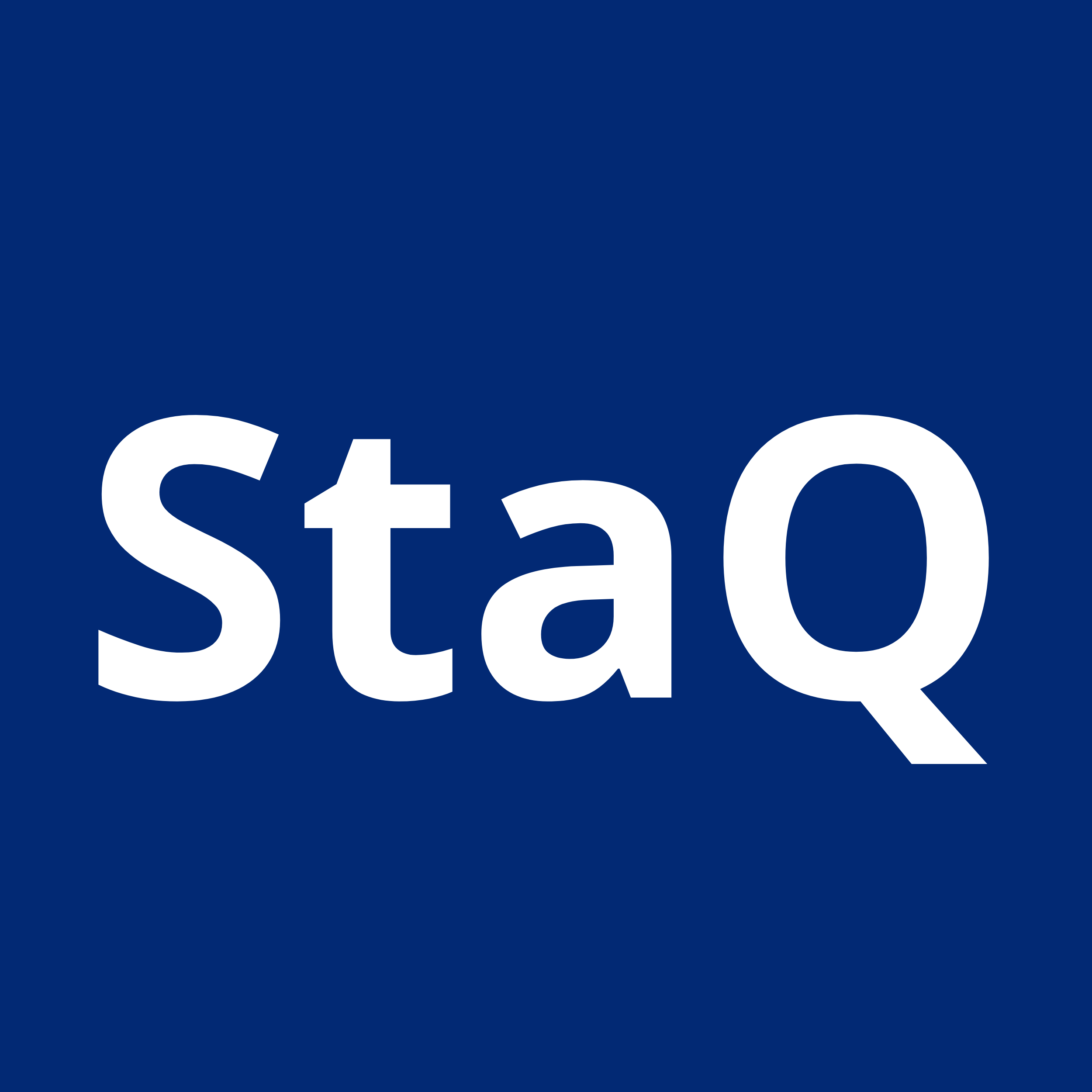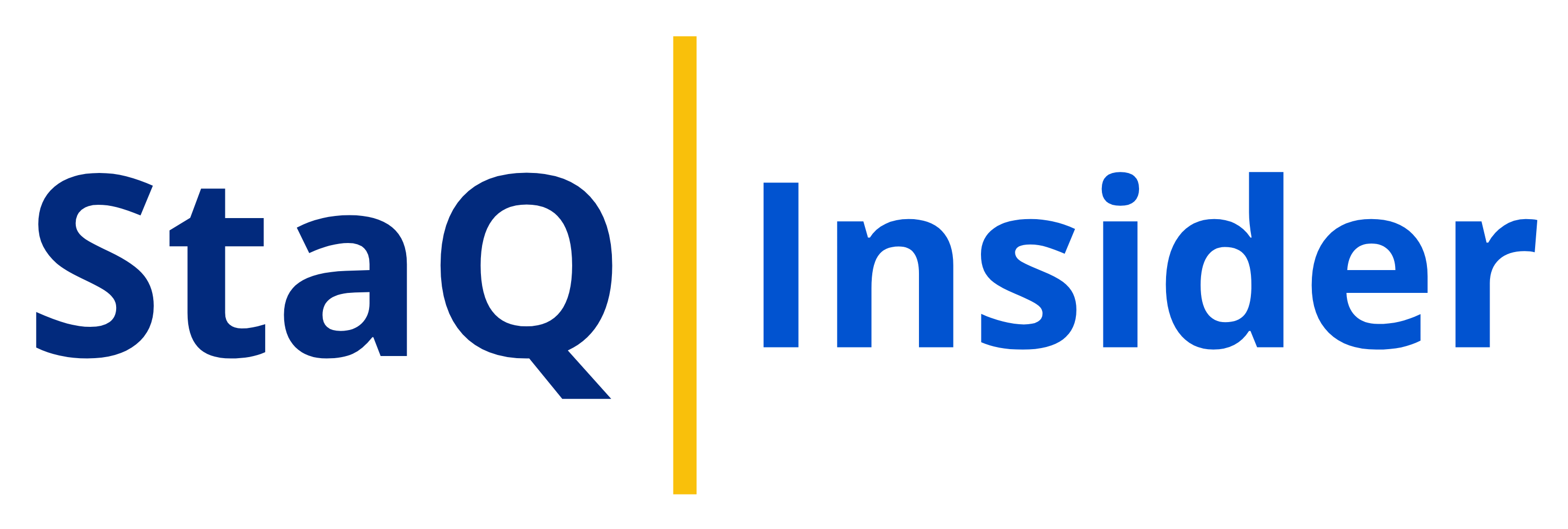In today’s technology-driven business environment, acquiring the right software can make or break organizational efficiency. Whether you’re purchasing off-the-shelf solutions or investing in custom development, a well-planned software acquisition process is crucial for success. Here’s your comprehensive guide to navigating this complex journey.
Understanding the Foundation of Successful Software Acquisition
1. Pre-Planning Phase
Before diving into software selection, organizations must:
- Conduct thorough needs assessment
- Define clear objectives and success metrics
- Establish realistic budgets and timelines
- Identify key stakeholders and decision-makers
2. Requirements Gathering
Technical Requirements
- System compatibility
- Integration capabilities
- Scalability needs
- Security requirements
- Performance expectations
Business Requirements
- Core functionality needs
- Process automation requirements
- Reporting and analytics capabilities
- User access and control features
Critical Success Strategies
1. Form a Cross-Functional Evaluation Team
Include representatives from:
- IT Department
- End-user groups
- Finance team
- Legal department
- Security team
- Executive sponsors
2. Develop a Comprehensive Evaluation Framework
Create scoring criteria for:
- Functionality alignment
- Technical compatibility
- Cost considerations
- Vendor reliability
- Implementation timeline
- Support services
- User experience
3. Vendor Assessment Protocol
Due Diligence Checklist
- Financial stability
- Market reputation
- Client references
- Support infrastructure
- Development roadmap
- Industry experience
Red Flags to Watch For
- Unclear pricing structures
- Vague implementation timelines
- Limited customer support options
- Poor communication
- Lack of reference clients
Implementation Planning
1. Risk Management
- Identify potential risks
- Develop mitigation strategies
- Create contingency plans
- Establish monitoring protocols
2. Change Management
- Develop communication strategy
- Plan user training programs
- Create adoption incentives
- Set up feedback mechanisms
Contract Negotiation Best Practices
1. Key Contract Elements
- Clear deliverables and timelines
- Service level agreements (SLAs)
- Support and maintenance terms
- Data ownership and privacy
- Exit clauses
- Pricing structure
- Upgrade terms
2. Negotiation Strategies
- Start with a comprehensive RFP
- Include performance metrics
- Define acceptance criteria
- Clarify payment milestones
- Establish dispute resolution procedures
Testing and Quality Assurance
1. Testing Strategy
- Unit testing
- Integration testing
- User acceptance testing
- Performance testing
- Security testing
2. Success Metrics
- Performance benchmarks
- User satisfaction scores
- Process efficiency improvements
- ROI measurements
- Error reduction rates
Implementation Best Practices
1. Phased Rollout Approach
- Pilot program
- Department-wise implementation
- Gradual feature deployment
- Continuous feedback collection
2. Training and Support
- Comprehensive user training
- Technical team training
- Documentation development
- Support system setup
Post-Implementation Success Factors
1. Monitoring and Optimization
- Regular performance reviews
- User feedback analysis
- System optimization
- Process refinement
2. Continuous Improvement
- Regular updates and patches
- Feature enhancement requests
- Performance optimization
- User experience improvements
Common Pitfalls to Avoid
1. Process-Related
- Rushing the selection process
- Ignoring user feedback
- Inadequate testing
- Poor change management
- Insufficient training
2. Technical Aspects
- Overlooking integration requirements
- Ignoring scalability needs
- Inadequate security measures
- Poor data migration planning
ROI Tracking and Measurement
1. Key Performance Indicators
- User adoption rates
- Process efficiency gains
- Cost savings
- Error reduction
- Productivity improvements
2. Long-term Value Assessment
- Total cost of ownership
- Return on investment
- Business impact analysis
- User satisfaction metrics
Conclusion
A successful software acquisition process requires careful planning, thorough evaluation, and meticulous execution. By following these expert strategies, organizations can significantly improve their chances of selecting and implementing the right software solution while minimizing risks and maximizing return on investment.
Remember that software acquisition is not just a technical project but a business transformation initiative. Success depends on balancing technical requirements with business needs, managing change effectively, and ensuring strong stakeholder engagement throughout the process.




